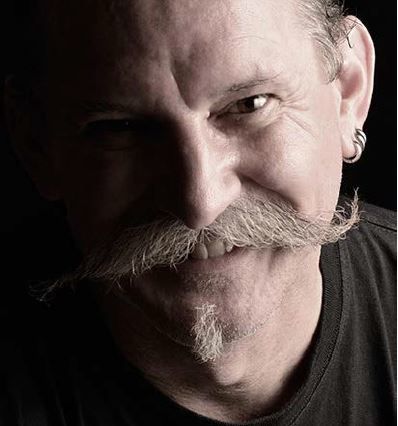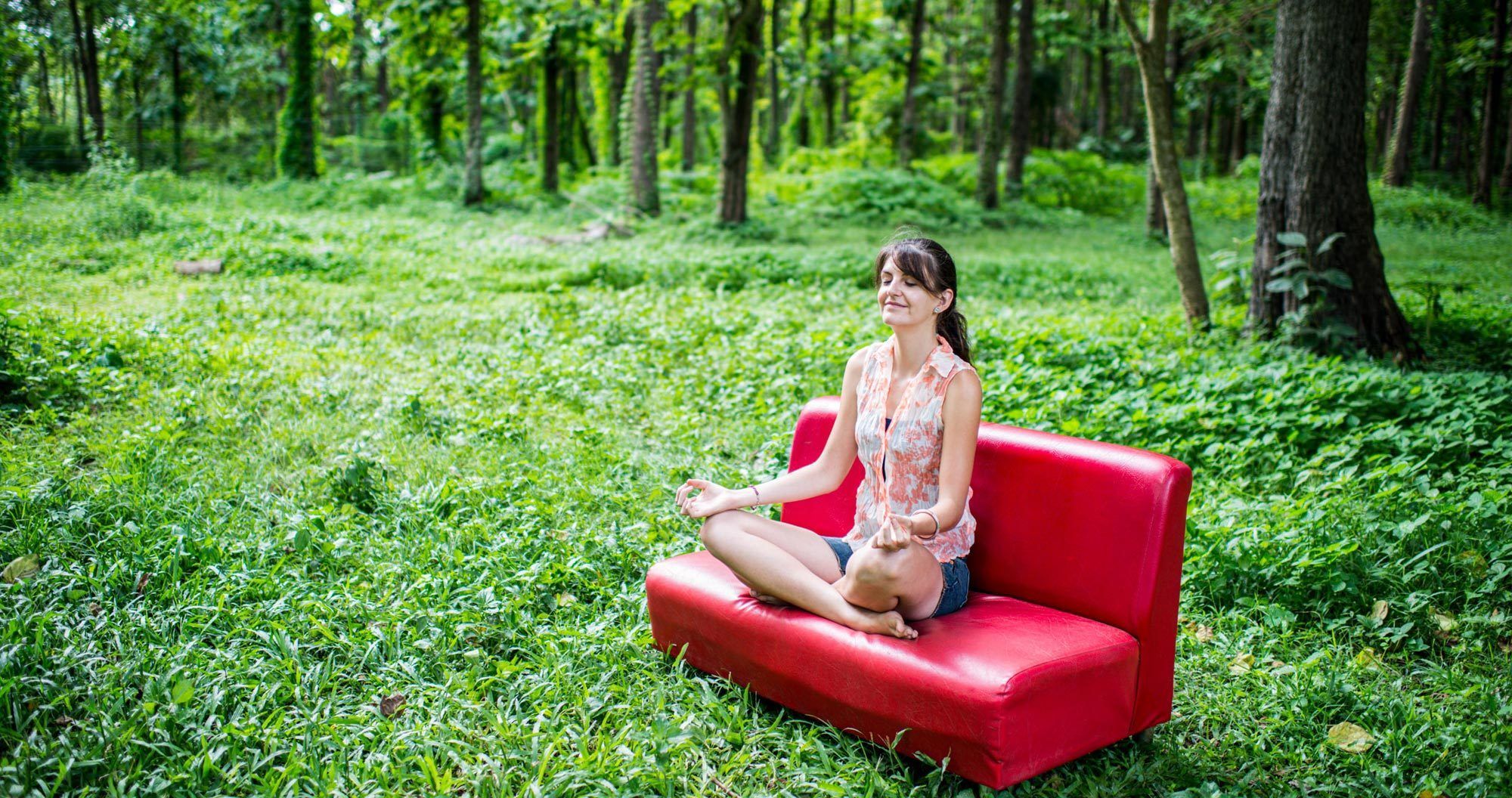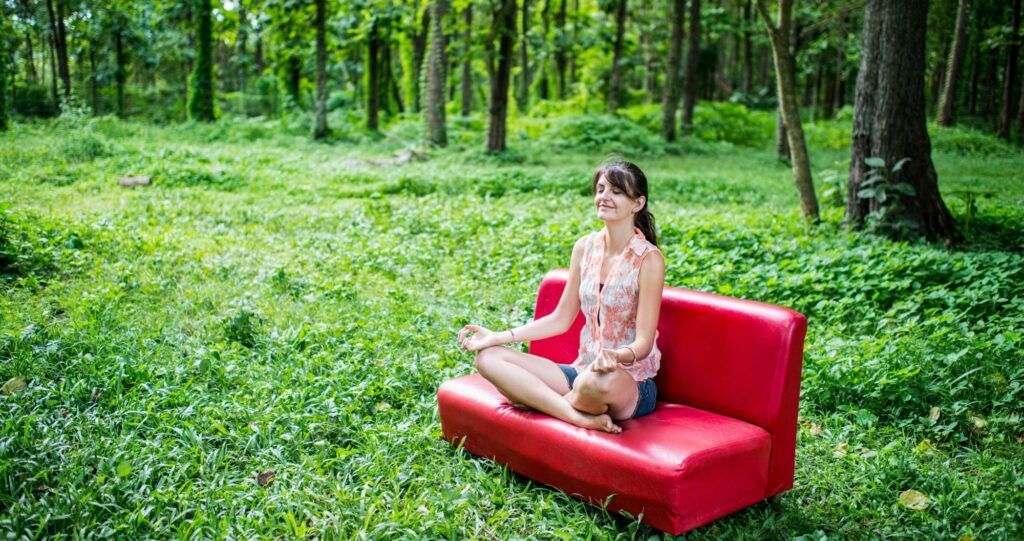I love my 35mm lens more than any other lens I’ve owned or used. It’s attached to my camera most of the time.
I want to share this love with you and tell you why I prefer using my 35mm f/1.4 lens whenever I can. I hope this guide will inspire you to think about how you use your lenses and, more so, to consider how well you know the lenses you use. I hope it will help you understand how you can develop a feel for each lens and the style of images you create with them.
A 35mm lens has a horizontal field of view of 54.4° on a camera with a full-frame sensor. On cameras with crop sensors, to capture the same field of view the lens focal length will be shorter. For example, on a micro four-thirds camera to capture a horizontal field of view of 54.4°, you would need a 17mm lens. On an APS-C camera, you’d need to use a 22mm lens to capture an equivalent field of view.
Recommended Reading: If you’d like to master camera settings to create gorgeous, creamy, blurry backgrounds, grab a copy of Photzy’s premium guide: Beautiful Background Blur.
35mm Is a ‘Must Have’ Lens
It may not be a bird photographer’s lens or one that many sports photographers could make much use of, but it certainly suits my style. The 35mm lens is super versatile. For the types of photography I like, this lens has certain characteristics that allow me to use it frequently. Mostly my photos are travel and documentary style, with lots of portraits.
For most of my years taking photos, I’ve had a 35mm lens in my bag. For a time, when I was using zoom lenses, one of them would include a 35mm focal length. But mostly I’ve used a 35mm prime. Much of the time it was a 35mm f/2.
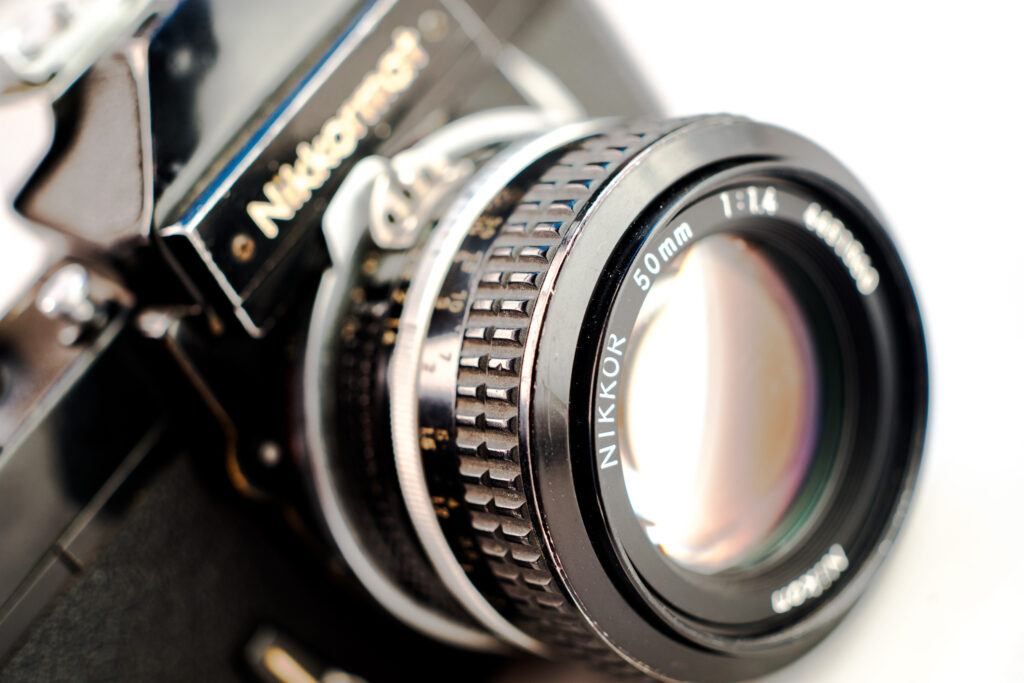
My original Nikkormat and 50mm f/1.4 lens. Photograph by Kevin Landwer-Johan
The first camera I bought came with a 50mm f/1.4 lens. I loved that lens, mainly for the wide aperture. I continued to use it for 27 years until it would no longer focus properly. At first, I thought my eyes were failing, then realized it was the lens! I took it to be repaired and my trustworthy repair guy intimated that the lens was past it and I’d be better off with a new lens. Now it sits on a shelf, still attached to the camera it came with.
The 35mm lens is super versatile.
I had a dilemma: to replace my 50mm lens with another 50mm lens or go for a 35mm f/1.4. This would give me the combination of a wide aperture and a wider angle of view. Two main things factored in my decision-making: price and bokeh. I loved the bokeh of my 50mm and wanted to be sure the 35mm was going to provide the same feel in my photos. I also knew the price tag on a 35mm f/1.4 would be considerably steeper than that on a 50mm.
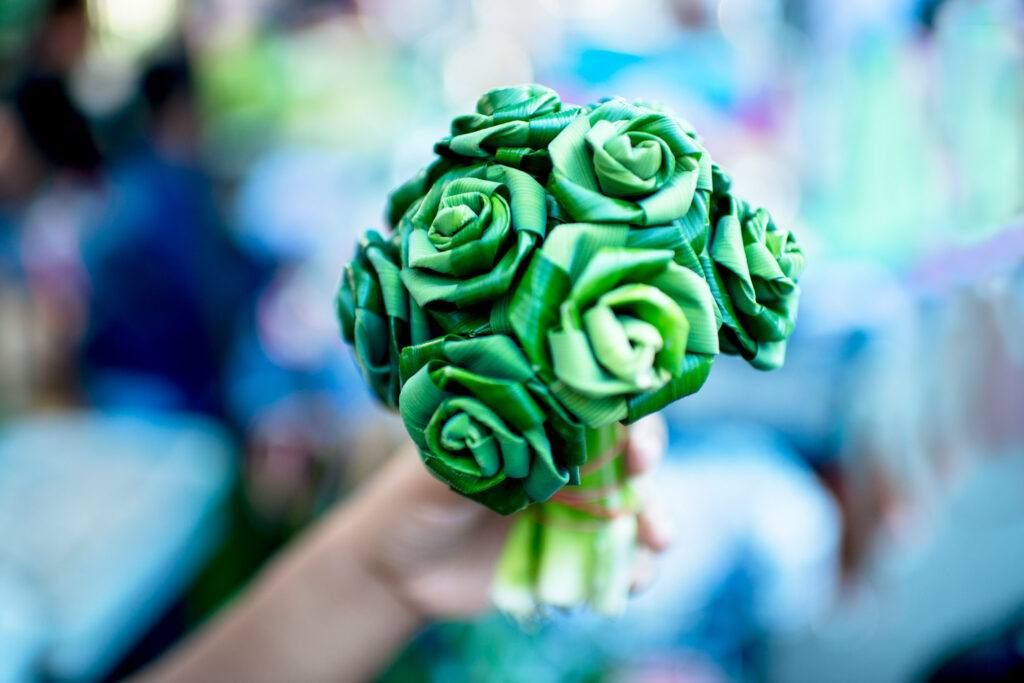
Photograph by Kevin Landwer-Johan
I checked the B&H Photo and Video website. The images from the 35mm f/1.4 looked stunning. The price was also rather handsome. At around $1600 US it was seriously more expensive than what I’d be able to pick up a second-hand 50mm lens for locally. I got my calculator out, thinking about how I’d used my 50mm lens for so long.
Key Lesson: Even if I only got 10 years of use from the 35mm lens, it worked out at less than $0.50 per day. I bought it. It was one of the best camera gear-related purchases that I’ve ever made.
Why I Prefer 35mm Over 50mm
The field of view of a 35mm lens on a full-frame camera is a little wider than what we see naturally, not including our peripheral vision. This means photos taken with this lens can tend to look more natural. There’s an added comfort and connectivity because the photos appear more natural, say than ones taken with a longer or wider lens.
Even though a 50mm lens is considered a standard lens, its field of view is actually slightly narrower than how we see life. Wider lenses will distort an image, especially elements close to the edges of a composition. Longer lenses compress distances and make elements appear closer together than they are.
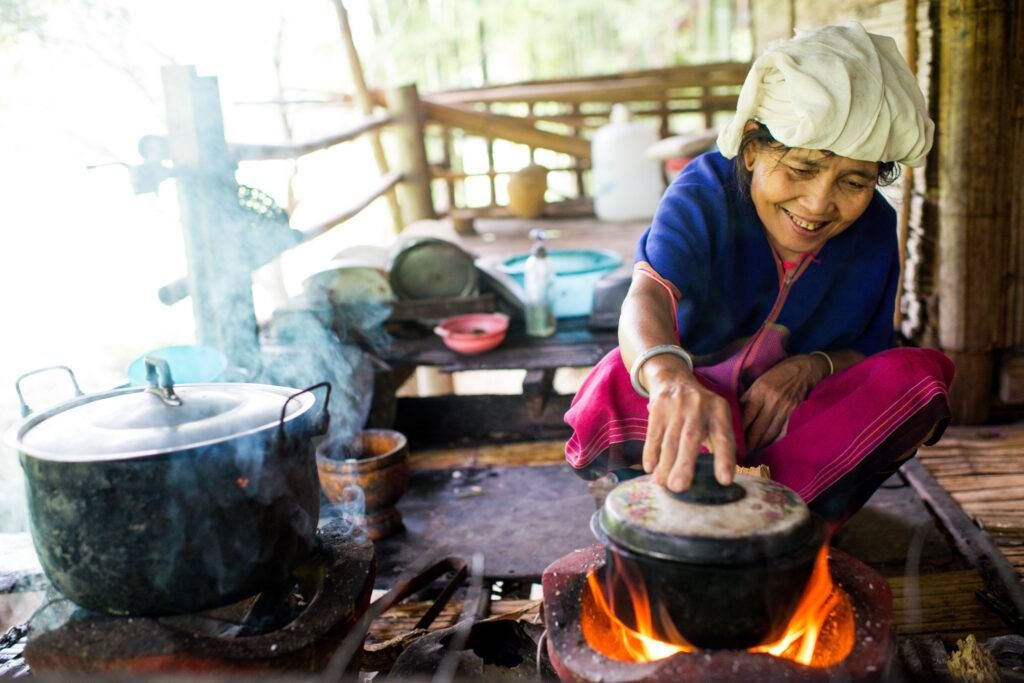
Photograph by Kevin Landwer-Johan
With my 35mm I find it easier to include a little more background with my subject. I love taking environmental portraits and find the 35mm focal length is often perfect for this type of photo. In tight spaces, where you may not be able to back up far enough to capture your subject with a 50mm, the 35mm comes in handy. It’s wide enough without being too wide.
Key Lesson: The slightly wider field of view, in my opinion, only has advantages over a 50mm prime. With a 35mm focal length lens on your camera you can do everything with it that you can with a 50mm and some more.
My Choice of Subjects With a 35mm Lens
I take a lot of street, travel, and portrait photos. Often the portraits are environmental, so my 35mm lens is perfect for them. I also find it’s great for landscapes, cityscapes, and seascapes (on the rare occasions I get to take photos at a beach).
Street and Documentary Photography With a 35mm
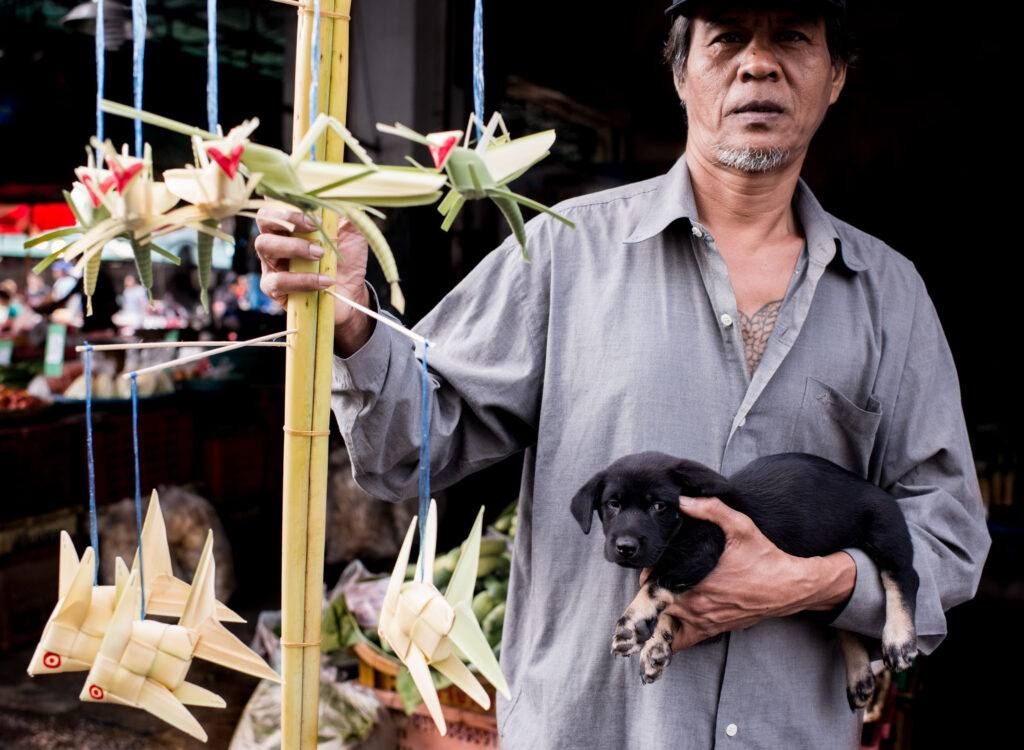
With a 35mm lens I can capture the atmosphere of a place by backing up and making a wide composition. I can also come in closer and capture medium and close-ups. By doing this I can build a story with a good variety of angles all with one focal length. Photograph by Kevin Landwer-Johan
A small camera and lens are the combination that street photographers often prefer. My 35mm f/1.4 is not the most compact lens. My Nikon D800 is certainly not a small camera. I’m used to this gear and am comfortable using it. I find that it makes the world of difference when I’m taking street photos.
I don’t often try to hide my camera. Instead, I move about and watch for when opportunities arise. I make both candid and non-candid photos with my 35mm.
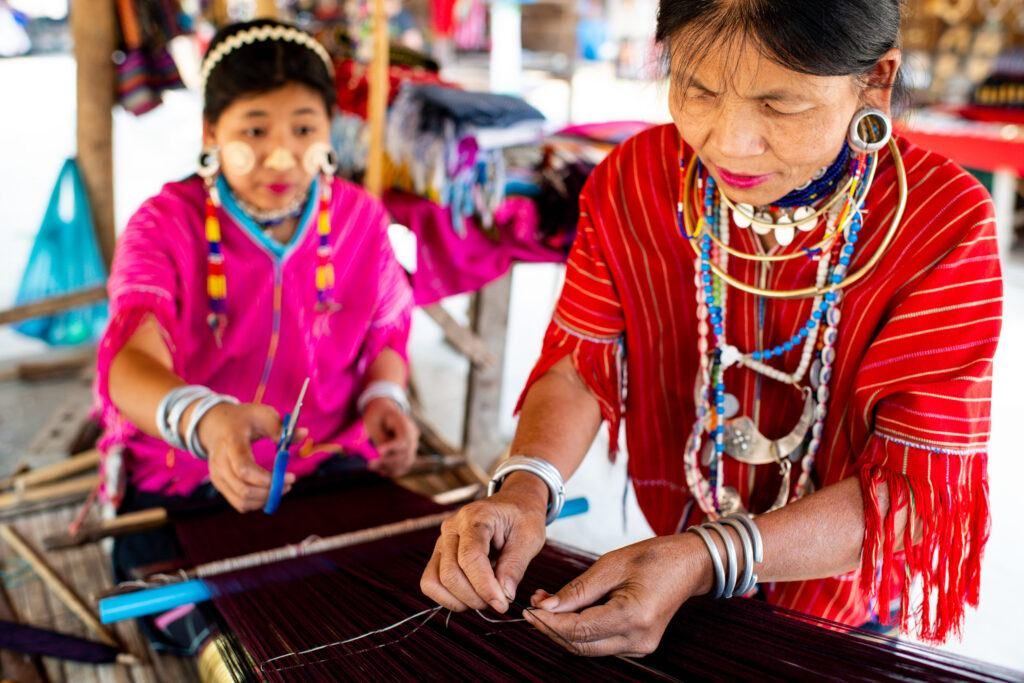
Photograph by Kevin Landwer-Johan
The same applies to my documentary photography work. I can capture a good range of images to create an interesting photo essay about the people and places I am photographing.
I’ve always found that carrying less gear helps me connect more easily with people in remote places. Often, they will be unfamiliar with what I do, and the less alien I can appear, the more readily I am accepted. This helps me come away with more natural photographs.
Portraits With a 35mm
There’s a level of intimacy working with a 35mm lens and getting in close. I find that even with a 50mm, the relationship is different. With a 35mm you can be close enough to compose an environmental portrait and have a conversation at a normal distance. With a shorter or longer focal length, you’d need to be closer or further back to compose your picture. You’re then not in a natural place to have a conversation.
Key Lesson: From this distance, you’re also able to show your subject their picture on your camera’s monitor. When they react, if you’re quick, you can turn your camera back around and take some more photos without having to move further back. With a longer lens, you’d be too close to them.

Photograph by Kevin Landwer-Johan
Recommended Reading: If you’d like to master camera settings to create gorgeous, creamy, blurry backgrounds, grab a copy of Photzy’s premium guide: Beautiful Background Blur.
Environmental portraits with a 35mm lens work well. Again, you can be close enough to your subject to comfortably communicate and manage to capture their surroundings. You are also close enough to arrange items in your composition or remove them if they are distracting. With a 35mm lens you can capture the scene without the distortion that you would get with a 24mm or wider lens.
Landscapes, Cityscapes, and Seascapes With a 35mm
These subjects often lend themselves to a wide focal length. Much of the time, 35mm is more than sufficient. The natural field of view creates a more real-looking perspective.
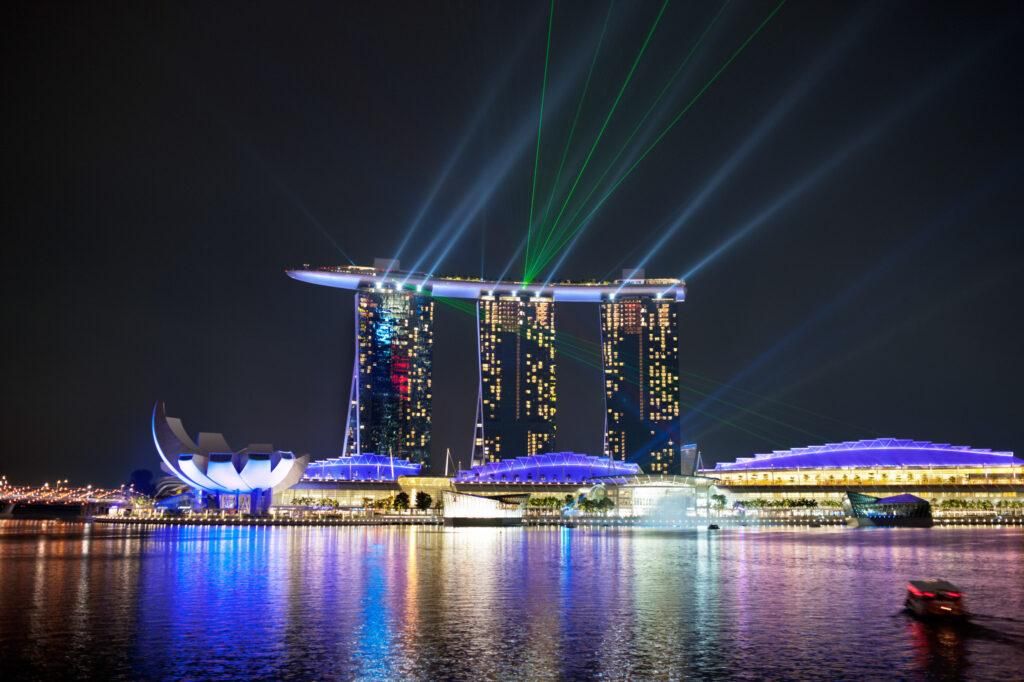
Photograph by Kevin Landwer-Johan
Trees or buildings at the edges of your frame are not likely to distort unless you’re very close to them looking up. The elements within your frame will not appear so spread out as they will with a wider lens. This natural view you capture with a 35mm lens is easier for people to view as their brains are not challenged by distortion.
The natural field of view creates a more real-looking perspective.
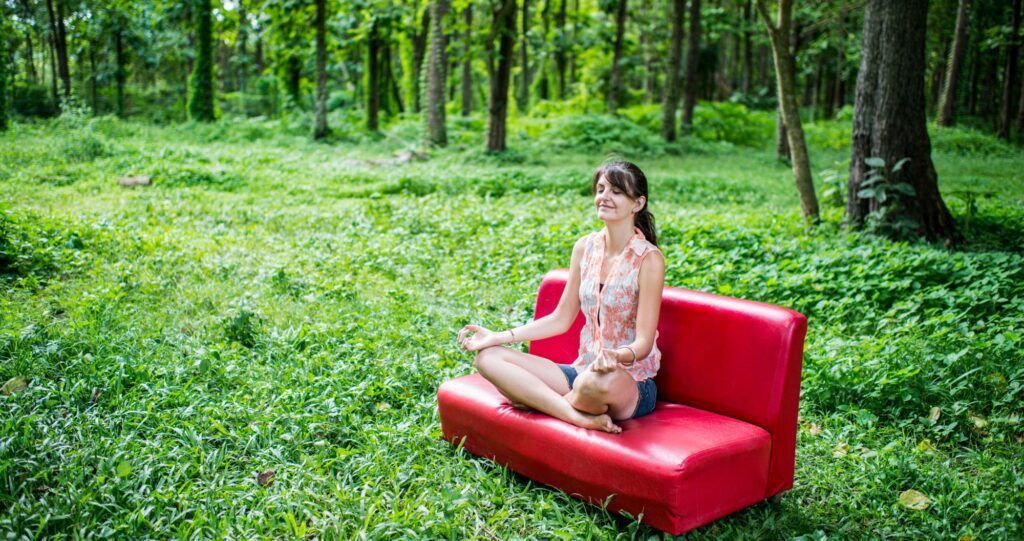
Photograph by Kevin Landwer-Johan
When you do want a wider look to your photo, compose with cropping in mind. Make a landscape, cityscape, or seascape with space above and below. Then crop the foreground and sky to give the photo more of a panoramic look. This mimics our peripheral vision nicely without the distortion of a wider lens.
Conclusion
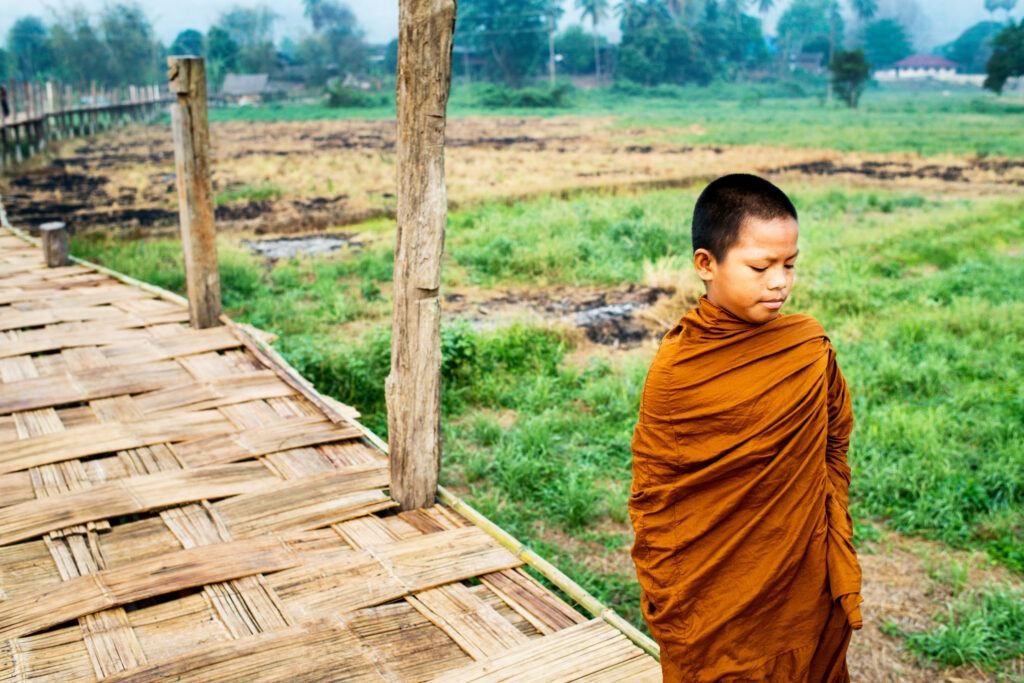
Photograph by Kevin Landwer-Johan
Renowned photographer, Robert Capa, famously said, “If your pictures aren’t good enough, you aren’t close enough.” Capa was a war photographer, but I take his encouragement to get closer when I am taking photos. With my 35mm lens on my full-frame camera, I can get close enough. If I’m not, I only have myself to blame.
For any lens, you want to explore with and get a feel for, put it on your camera, and don’t take it off for the next one thousand photos you take. This practice builds your experience of the characteristics of the lens. I find this more so with prime lenses than zoom lenses. Push yourself to use it for every type of photo and composition you can. This will also help you ‘see’ as a photographer in new ways.
Self-Check Quiz:
- What is the field of view of a 35mm lens on a full-frame camera?
- Name two photography genres not so well suited to a 35mm lens.
- What focal length lens is considered standard?
- What style of portraiture is a 35mm lens well suited to?
- Does using a 35mm lens for environmental portraits make it easier or more difficult to have a conversation with the person you are photographing?
- What can you do to take a landscape photo created with a 35mm lens to look more panoramic?

